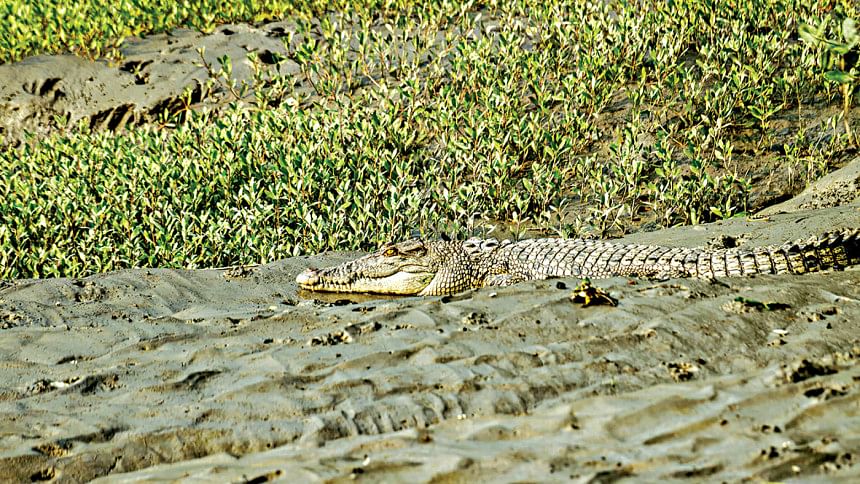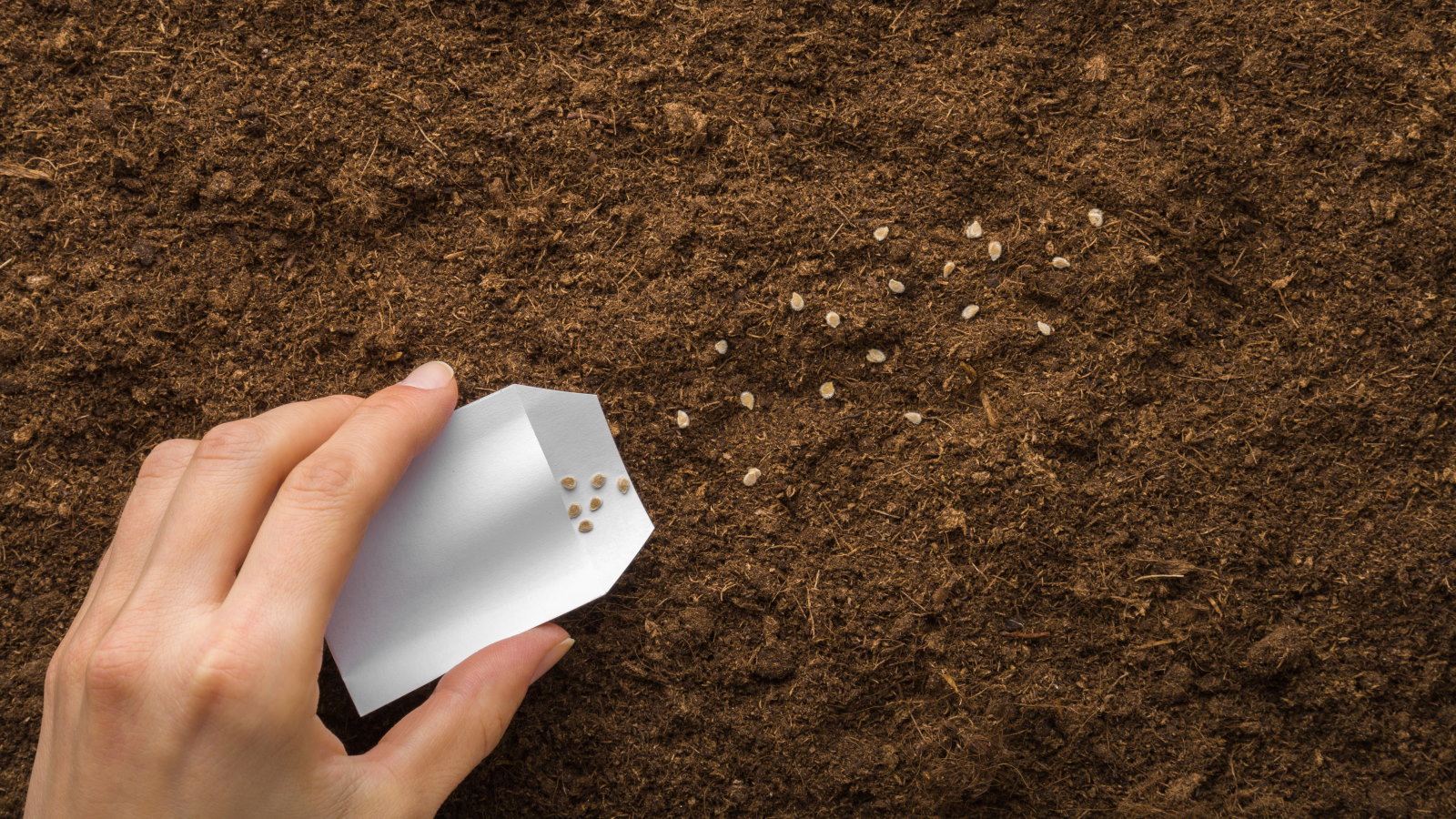
A saltwater crocodile enjoys a mud bath in the Sundarbans, regulating its body temperature and preventing overheating. The largest living reptile, it thrives in coastal brackish waters, rivers and mangrove swamps across South and Southeast Asia. Once widespread in the Sundarbans, its population has plummeted due to habitat destruction, poaching and human-wildlife conflict, leaving only 100-150 mature individuals.
As a keystone species, it helps maintain ecological balance by controlling prey populations and supporting the health of aquatic ecosystems. Its nesting behaviour also aerates soil and sustains the mangrove ecosystem. Conservation efforts, including habitat protection and breeding programmes, are now critical to preventing its extinction and preserving the world's largest mangrove forest.

PHOTO: TIMU HOSSAIN A saltwater crocodile enjoys a mud bath in the Sundarbans, regulating its body temperature and preventing overheating. The largest living reptile, it thrives in coastal brackish waters, rivers and mangrove swamps across South and Southeast Asia. Once widespread in the Sundarbans, its population has plummeted due to habitat destruction, poaching and human-wildlife conflict, leaving only 100-150 mature individuals.
As a keystone species, it helps maintain ecological balance by controlling prey populations and supporting the health of aquatic ecosystems. Its nesting behaviour also aerates soil and sustains the mangrove ecosystem. Conservation efforts, including habitat protection and breeding programmes, are now critical to preventing its extinction and preserving the world's largest mangrove forest.
PHOTO: TIMU HOSSAIN.















